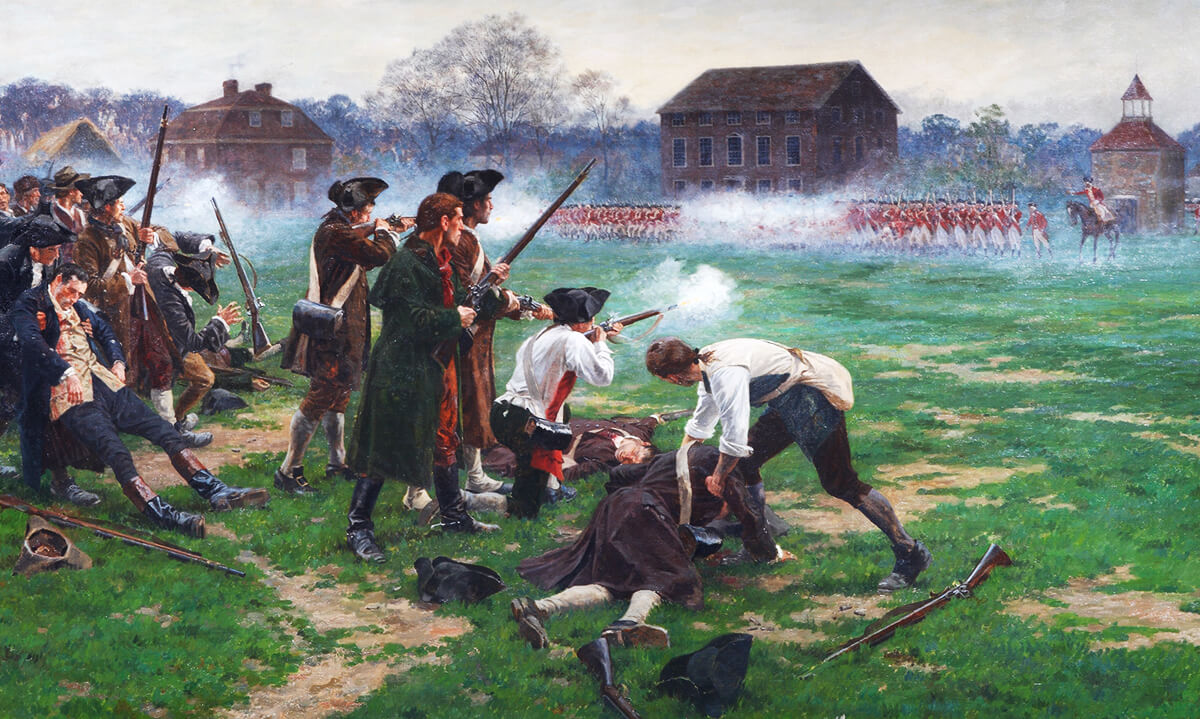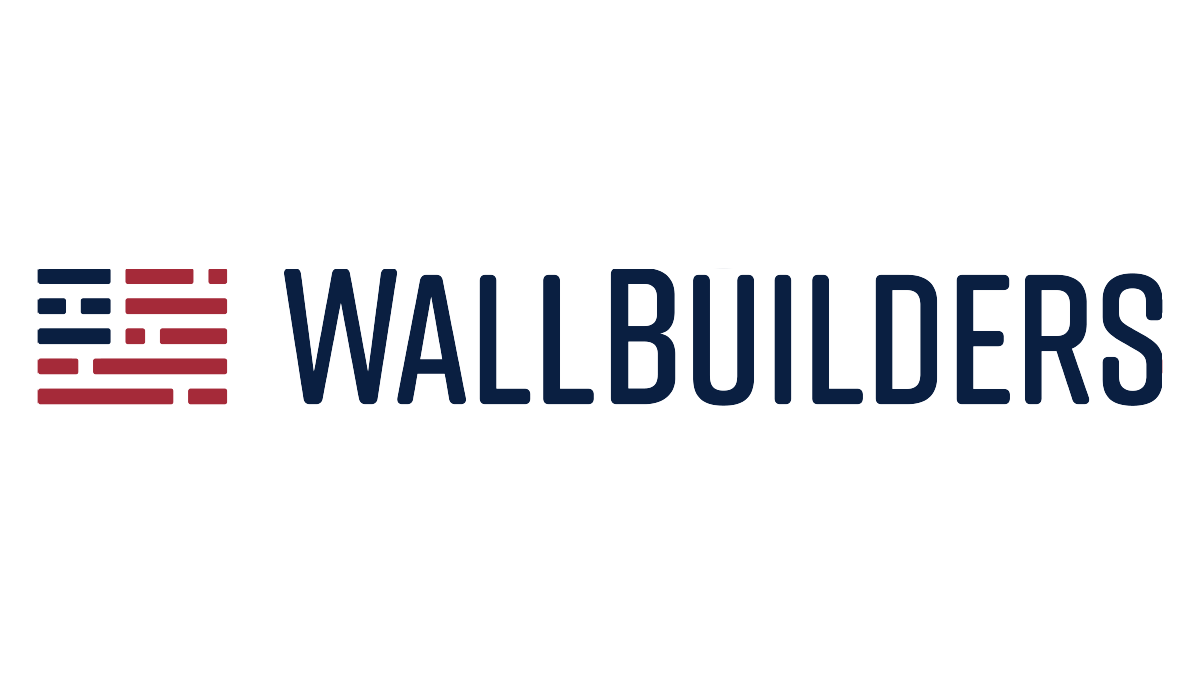Defending the US Constitution
 On October 27, 1787 a New York newspaper published the very first article that would come to be known as the Federalist Papers.
On October 27, 1787 a New York newspaper published the very first article that would come to be known as the Federalist Papers.
The Delegates to the Constitutional Convention signed the United States Constitution on September 17, 17871 and then sent it to the thirteen states for ratification.
During this ratification process, the states would review the proposed Constitution and either approve or reject it. A favorable vote by nine of the states would be required for the Constitution to go into effect.2
Some states gave their blessings quickly, while some, like New York, had a more difficult time with this process before casting a narrow vote in favor of the document.3 New York’s ratification convention stretched well over a month in the summer of 1788.4
In October of 1787, before the debates even started in that state, four New York newspapers began publishing articles in support of the Constitution.5 The essays appeared anonymously under the name “Publius” in these newspapers. They explained various parts of the Constitution and encouraged its adoption.
The popular essays continued through May 1788, by which time a total of 85 articles had been published.6 They were first released as The Federalist in a bound volume in January 1788,7 before all the essays had even been completed.
These essays were influential not only in the New York ratification debates, but appeared in newspapers in other states as well. It was later discovered that James Madison, John Jay, and Alexander Hamilton were the authors of what became popularly embraced as the Federalist Papers.8
James Madison described this collection as “the most authentic exposition of the text of the federal Constitution as understood by the body which prepared and the authority which accepted it.”9 Courts across America’s history have relied on the Federalist Papers for explanations of the original intent of the US Constitution.
The Federalist Papers can provide context, insight, and authority to the Constitution in an era when Americans’ desperately lack Constitutional knowledge.10 Make it a part of your study of the Constitution for a deeper insight into what this important document means to our nation!
Endnotes
1 “The Constitution: How Did it Happen?” National Archives, accessed October 25, 2024.
2 “Elliot’s Debates,” Library of Congress, accessed October 25, 2024.
3 James Caldwell, “Ratification Dates and Votes,” April 23, 2024, U.S. Constitution.net.
4 “Introductory Note: New York Ratifying Convention, [17 June–26 July 1788],” National Archives: Founders Online.
5 “Federalist 1 (1787),” National Constitution Center, accessed October 25, 2024.
6 “Federalist Papers: Primary Documents in American History,” Library of Congress, accessed October 25, 2024.
7 “Printings and Reprintings of The Federalist,” 2003, Center for the Study of the American Constitution.
8 “About the Authors,” Library of Congress, accessed October 25, 2024.
9 James Madison to Thomas Jefferson, February 8, 1825, Letters and Other Writings of James Madison (Philadelphia: J. P. Lippincott Co., 1867), III:481.
10 See information about this lack of Constitutional knowledge in WallBuilders’ Constitution Hub.
Still looking for answers? Visit our FAQ page
More Resources
Know the Truth and Protect Your Freedoms.
Still looking for answers? Visit our FAQ page
Stay Informed with the Latest Resources
Enter your email address to receive our regular newsletter, with important information and updates right in your inbox!










